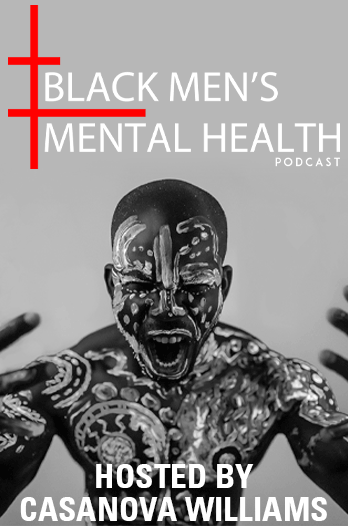Netflix’s Devil May Cry series roars onto the screen with all the style, swagger, and demon-slaying action fans of the iconic Capcom franchise could hope for—and then some. Whether you’re a longtime devotee of Dante’s chaotic crusade against the demonic or new to his world, this animated adaptation delivers a blood-pumping blend of familiar lore and fresh storytelling, all while managing to carve its own unique path through the franchise’s mythology.
From the very first episode, the show plunges viewers into a world on the brink, with humans blissfully unaware of the demonic undercurrent threatening their reality. Dante is introduced as the lone wolf demon hunter we know and love, running his barely functional Devil May Cry agency out of a dilapidated building, hunting down demons mostly to keep the lights on (and to afford strawberry sundaes and pizza). Right out of the gate, the series captures the cocky charm and unrelenting bravado that made Dante such an enduring video game icon.
What sets the Netflix adaptation apart—especially in comparison to the 2007 Devil May Cry anime—is its willingness to embrace serialized storytelling, character arcs, and deeper world-building. The 2007 version, while visually stylish, often felt like a series of disconnected monster-of-the-week episodes with little emotional payoff. Dante felt too subdued, the tone too muted. In contrast, the new series strikes a much better balance between action, lore, and character development, giving longtime fans what they’ve always wanted: a Dante with personality, pathos, and purpose. The new anime doesn’t just replicate the games’ tone—it expands it.
The show’s narrative isn’t just a string of demon hunts; it’s driven by the slow reintroduction of Dante’s estranged brother, Vergil, whose quiet manipulations unfold behind the scenes. His reveal in the final episodes is handled masterfully, teasing a larger story to come. Meanwhile, a new character, Ellie—a demon-slaying orphan girl with a mysterious past—adds a fresh dynamic to the cast. Her bond with Dante is surprisingly heartfelt, injecting humanity into a world often dominated by supernatural violence.
Fans will also be thrilled with the attention to lore. There are nods to Sparda’s rebellion, subtle setups for the Yamato sword, and a gothic atmosphere that feels like it was lifted straight from Devil May Cry 3. Lady gets far more depth than in previous adaptations, Trish makes a slick cameo, and the demons themselves are wonderfully grotesque. The action choreography is fluid and bombastic, often framed with stylish slow-mo or camera swings that echo the flashy feel of the games’ combo system. One midseason fight sequence, where Dante dispatches a demon horde while riding a motorcycle straight up a crumbling cathedral, is as ridiculous and glorious as it sounds.
The series also offers something the games rarely have time for: emotional resonance. Dante’s ongoing grief over his mother, the psychological scars left by Vergil’s betrayal, and the weight of legacy all hit harder thanks to solid writing and strong voice performances. These aren’t just cool characters—they’re compelling ones.
By the end of the season, with Vergil now stepping into the spotlight, a cryptic prophecy about the return of the Demon King, and Ellie’s potential connection to Sparda’s bloodline still unresolved, the table is set for an even more ambitious second season. If Netflix renews the series—and all signs point to yes—we could see more iconic characters from the games introduced (Nero, anyone?), deeper exploration of the demonic underworld, and a truly explosive Dante-Vergil showdown.
Netflix’s Devil May Cry is everything a video game anime adaptation should be: faithful but fearless, fun but emotionally grounded. It doesn’t just succeed where the 2007 anime stumbled—it raises the bar. With killer visuals, sharp writing, and a real understanding of what makes this world tick, the series is a hellishly good time. Here’s hoping the gates to the underworld open wide again in Season 2.





